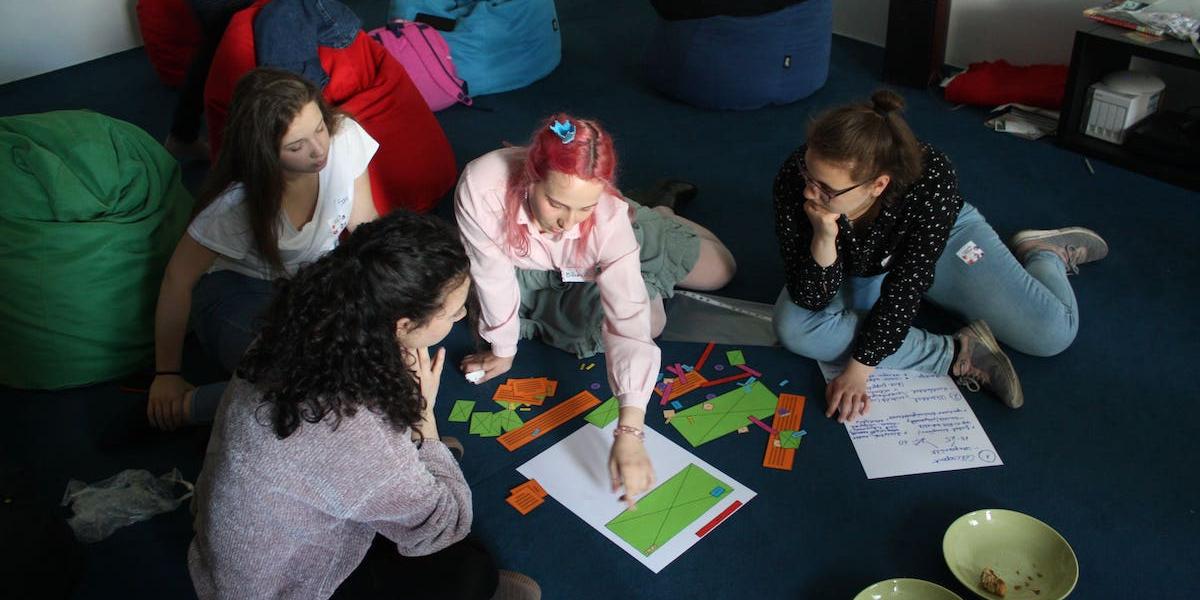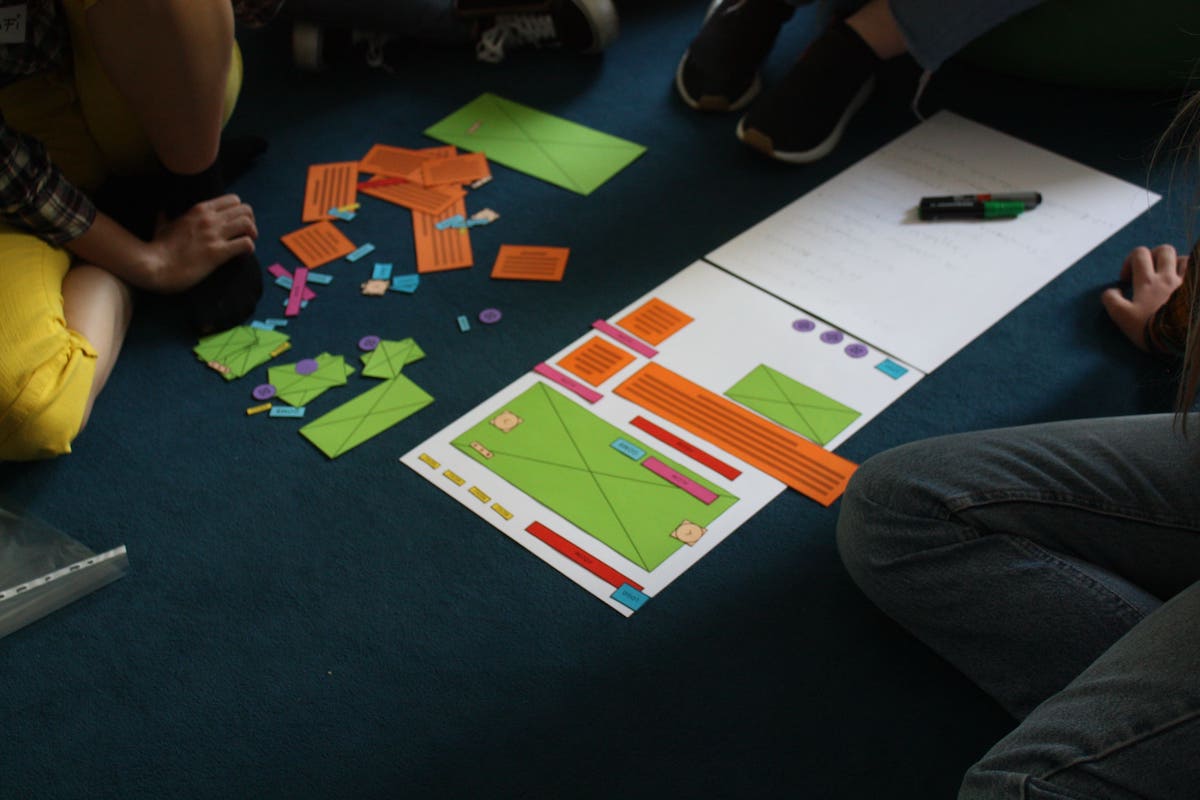
Is computer programming a 'male profession'? What about web-design or project management? Are women as good at coding as men? Surprisingly programming was once considered a typically female career (read more about it here). If so, why do we need events like Girls' Day?
A common belief is that men are better at science than women; boys are better at Math than girls. Often such claim is enough to dissuade girls from developing interest in the field of Science, IT, or Math. Even in Europe, the number of men working in the IT sector is significantly higher than that of women. At the same time, IT companies are struggling to find good employees and keep them. Thus it would be crucial, from both a moral and a practical point of view, that the community and the society did not discourage women and girls from the sector. Instead, we should all work on breaking down the social barriers and make the industry appealing to women again. As part of this initiative, the Women in Sciences Organization organized a Girls' Day event for the 8th time providing girls with the opportunity to visit various IT companies and gain more information about the sector.
Here at IV, we regularly reflect on how we can express our opinions about issues that affect our lives in the company in the most democratic way (see our earlier articles). We thought it was time to take this practice to the next level by supporting the Girls' Day event. We decided to introduce three areas to the attendees, including development, design, and project management.
We were happy to see that our program was filling up quickly, and on April 30 at 9.30 am, eight girls, age 16-17, visited our office to spend the morning with us. Many of them traveled from another city to participate in our program. Zsani and Anita worked together to show their exciting and colorful presentation about design. They were followed by István and Ancsa, who collected a bunch of topics and diagrams to show how diverse and creative a developer job can be. As for me, I put together a case study illustrating the different stages of a project, like how we set up project goals, define target groups, and what questions we usually ask from clients during a project.
Based on the girls' feedback, it was a successful program. In the end, we were all exhausted and much looking forward to eating our pizzas:), yet there was still some keen to know more about the most useful technologies and working in home-office.
I hope we could transmit our company culture of valuing personality and professional skills over rigid policies. It was also funny that we had to make a plan for coed toilets (the iconic problem of Hidden Figures), as our sole women's room proved to be insufficient for this event.

Share with your friends!